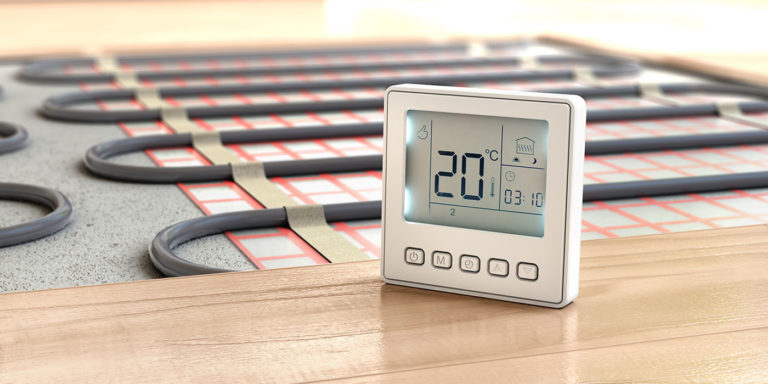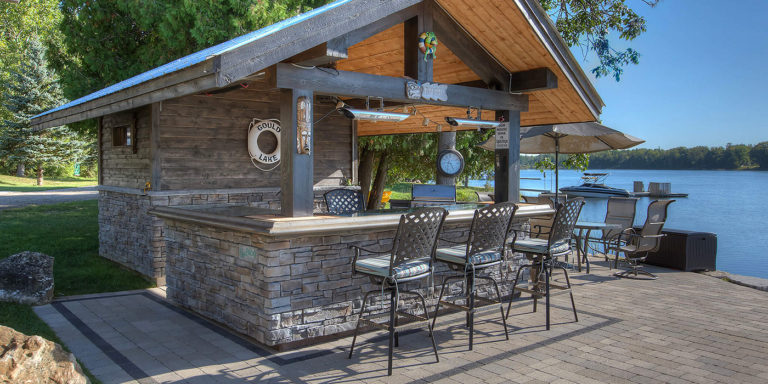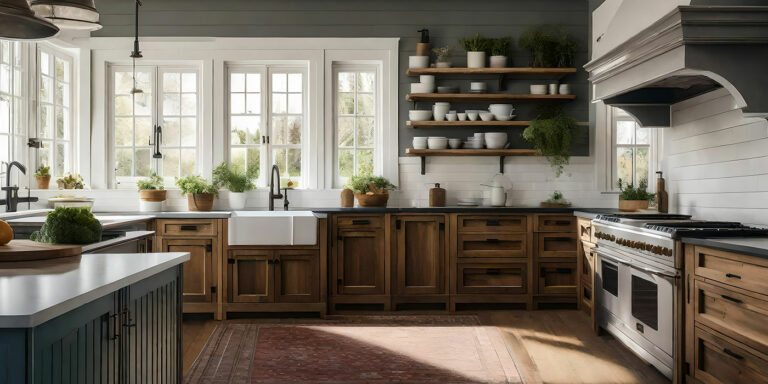Fall is the time to start preparing your home for the long winter ahead. It’s important to winterize your home every year to save on heating costs and prevent potential winter damage. Below are key areas of your home to focus on when winterizing.
Heating system
Do a test run of your heating system to ensure it runs smoothly and replace the filter. It wouldn’t hurt to have a qualified service technician give your system a maintenance check. If you have a propane or oil furnace, top up the fuel storage tank. Open all your interior heat vents and clear obstacles so air can flow freely. Also check exhaust vents on the exterior of your home to make sure they are clear. Test carbon monoxide alarms to confirm they work. There should be a carbon monoxide alarm installed on every floor including the basement.
Wood-burning fireplace
Inspect the chimney and remove any nests or critters that have made a home there. Check the damper to see if it opens and closes fully. Do a test burn to see if the chimney has a good draft and draws up the smoke properly. If you use your fireplace regularly, it should be cleaned by a professional chimney sweep at least once a year. Have a look at the firebrick in the fireplace and repair any broken mortar joints. A fire can spread to the stud wall behind the firebrick through broken mortar joints.
Water pipes
Turn off exterior water faucets from inside the house and drain. Cover exposed interior water pipes in uninsulated areas of your home with foam insulating sleeves or wrap with pipe insulation. If you are closing up your property for the winter, shut off the water supply completely and drain the plumbing system.
Insulation
How well your house is insulated will determine how comfortable you’ll be in your home and how high your heating costs will be. An extra layer of insulation in attics and crawl spaces can pay huge dividends in energy savings. But don’t stop there. Install weather stripping around windows and doors, add an insulating blanket to your hot water heater and insulate behind outlets and switch plates on exterior walls. Use a candle to check your home for drafts. If the flame flickers a lot in a certain area, find the source of the draft and add insulation to that spot.
Roofing
Check your roof, and replace any damaged or missing shingles. Also inspect flashing around chimneys and in valleys and repair if necessary. After all the leaves have fallen, clean out gutters and downspouts so that water can run freely. Ice build-up in gutters can lead to ice dams, resulting in costly interior water damage.
Yard
Store planters that may crack in the cold and cover outdoor furniture. Outdoor surfaces are prone to winter damage so patch cracked concrete and ensure your wood deck is properly sealed. Drain a gas lawnmower and other gas-powered yard tools. Drain water features such as ponds and fountains and store the pumps. If you don’t use your grill year-round, give it a good clean and cover it.
Snow removal
Get your snowblower ready. Make sure it is topped up with fuel and the tires are properly inflated. Stock up on sand, salt or de-icer for your walkways. Lay down rubber stair treads for added safety on your front steps. Check to see if your ice chopper, roof rake and your collection of snow shovels are all in good working order.
Start your winter prep at your local TIMBER MART! We have everything you need to effectively winterize your home.



